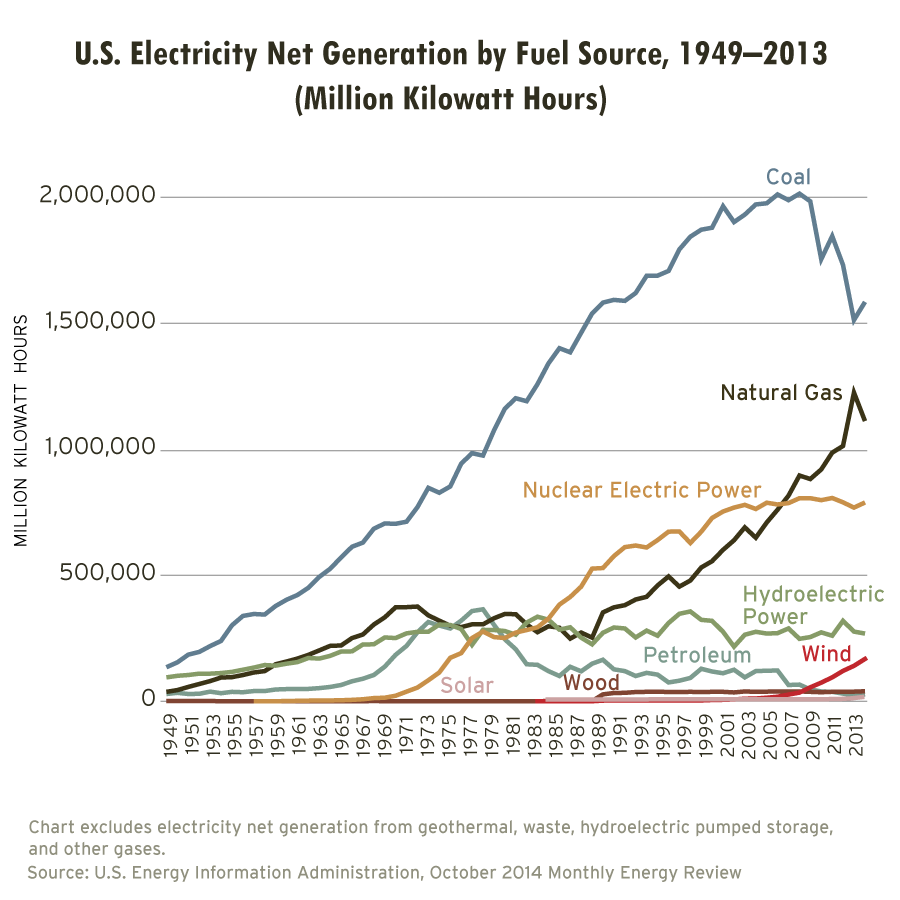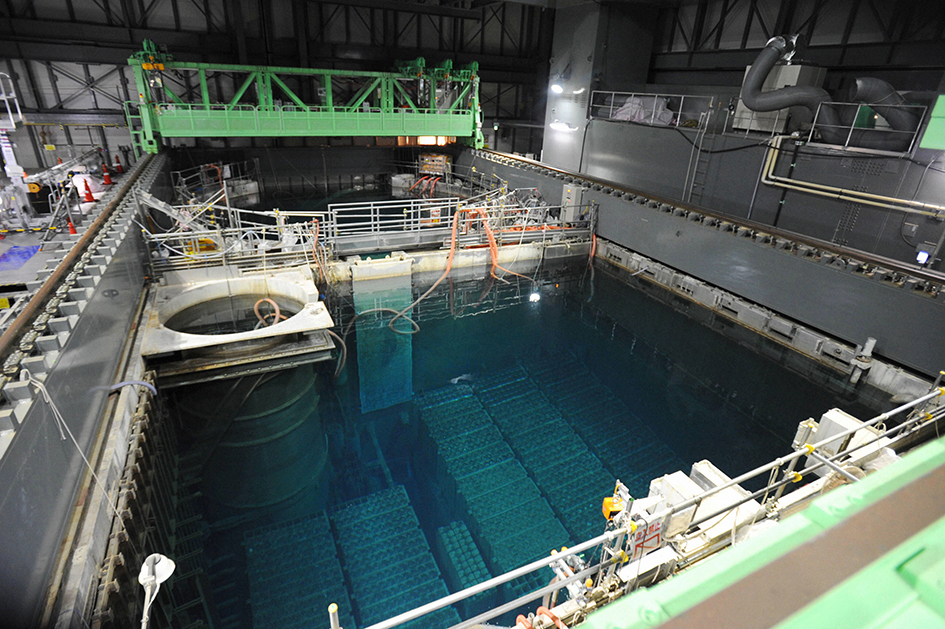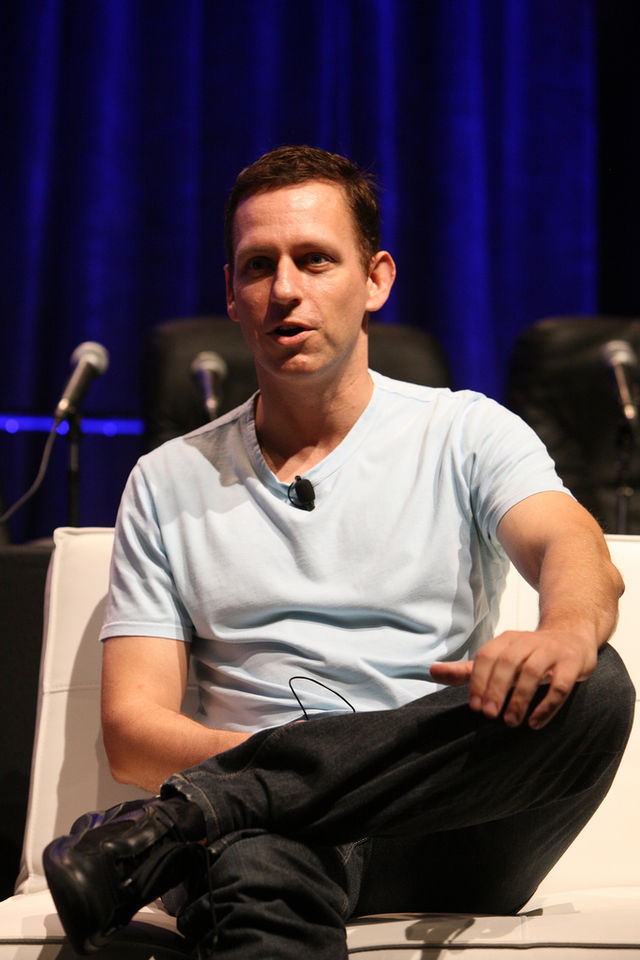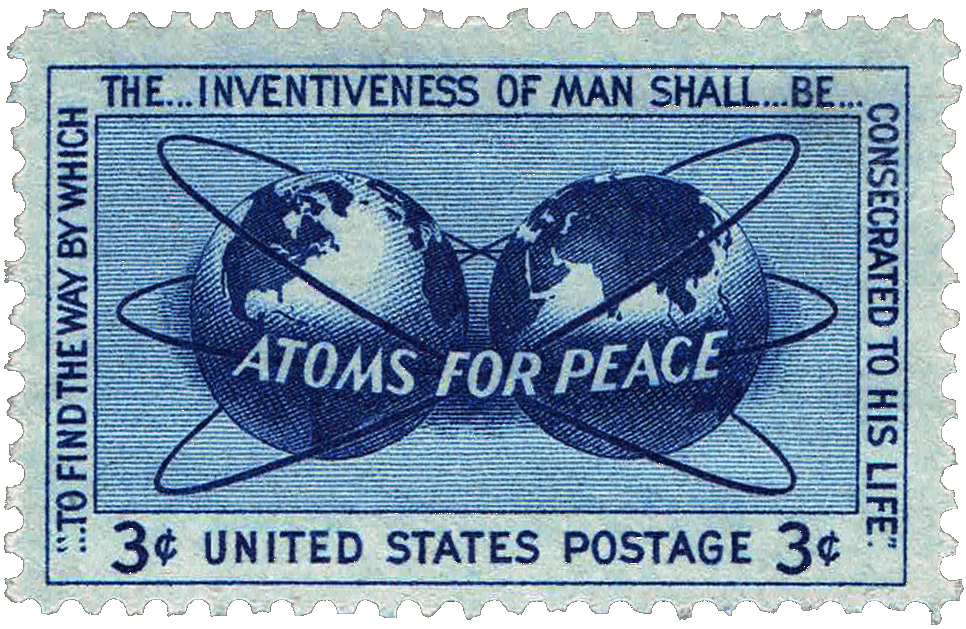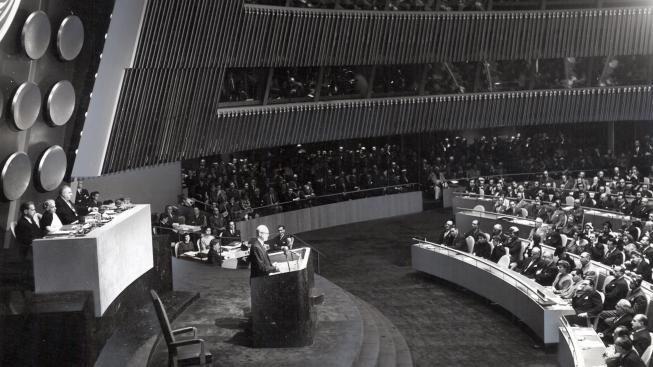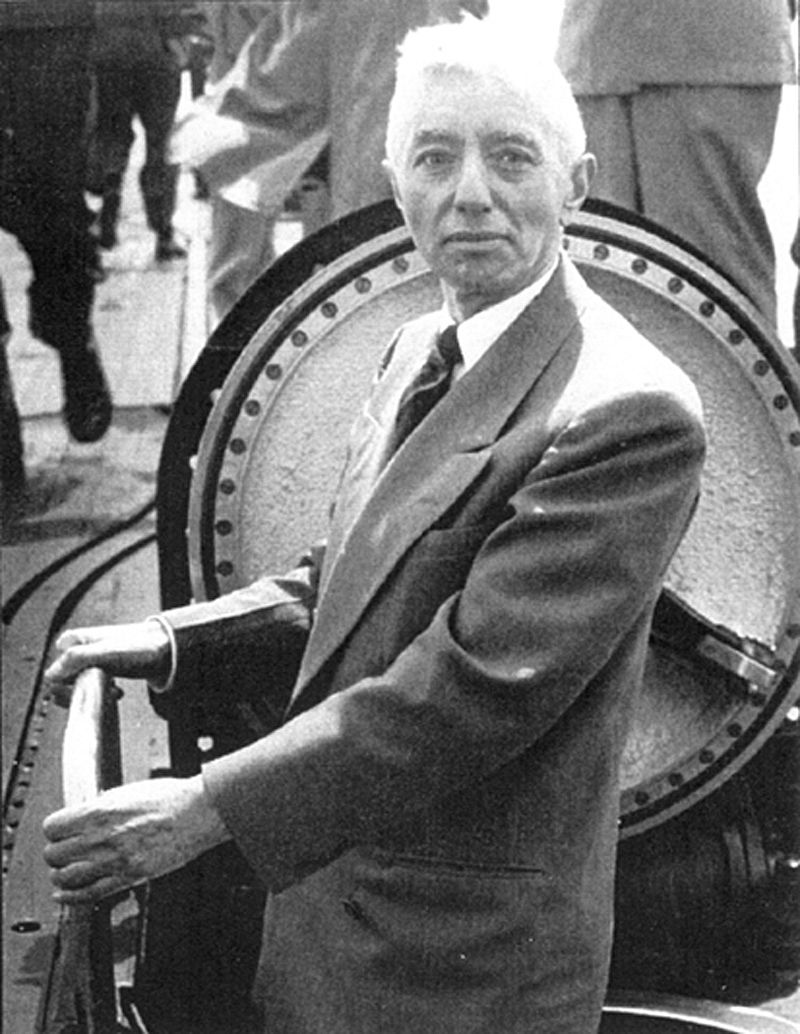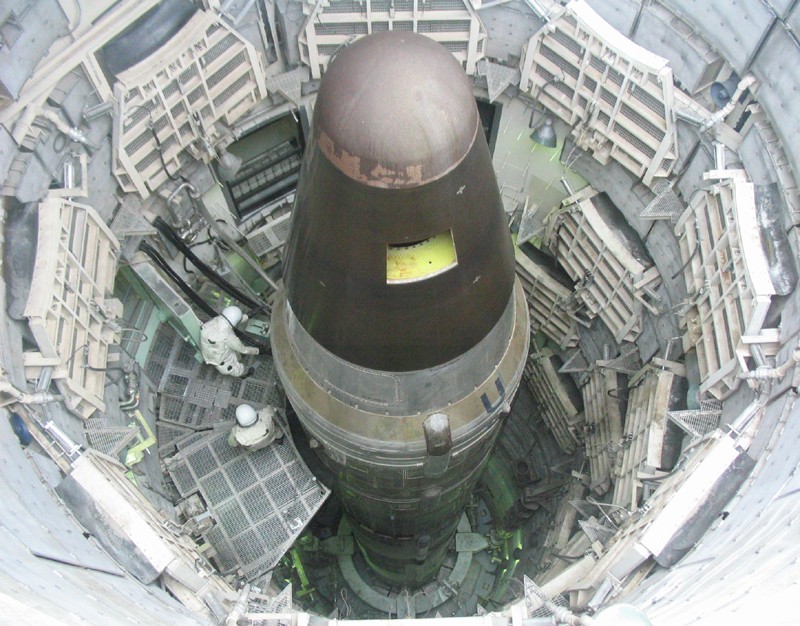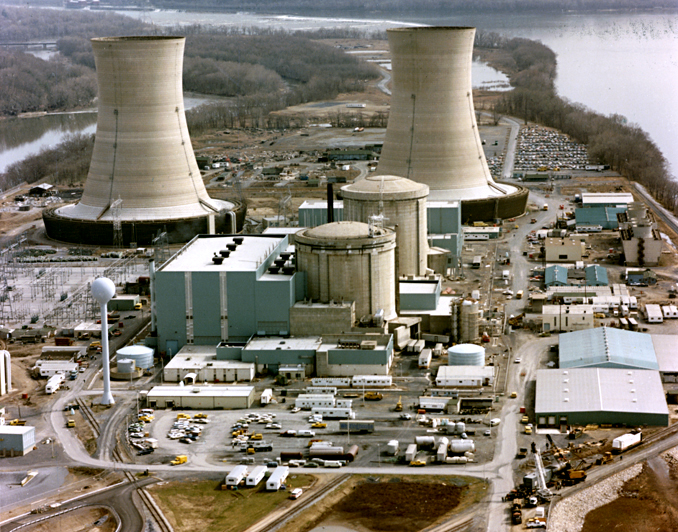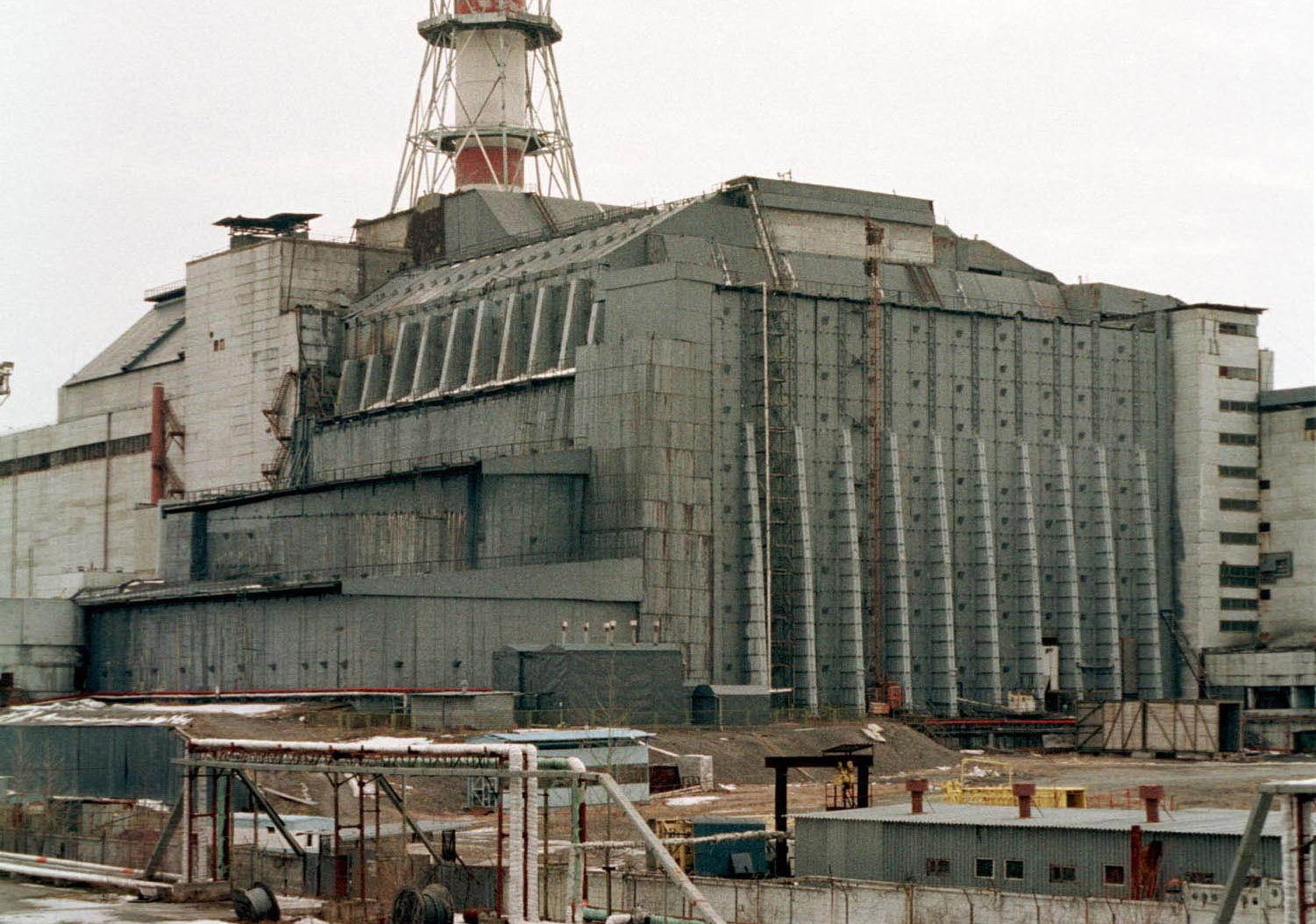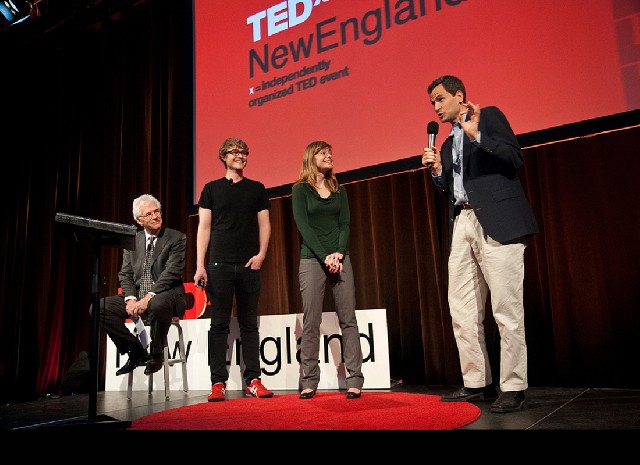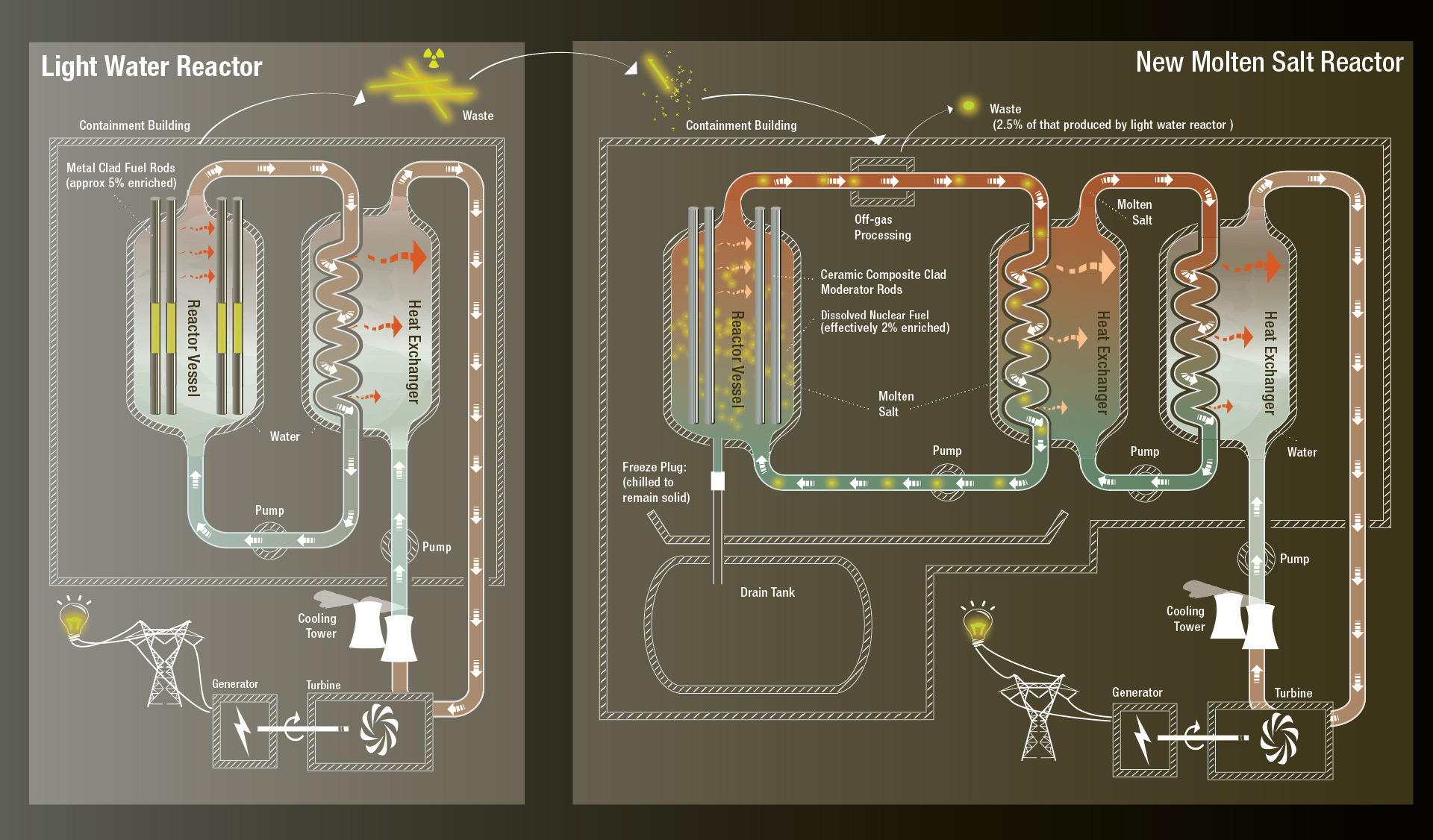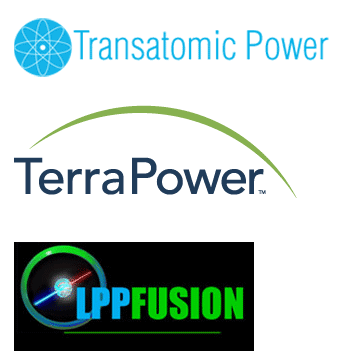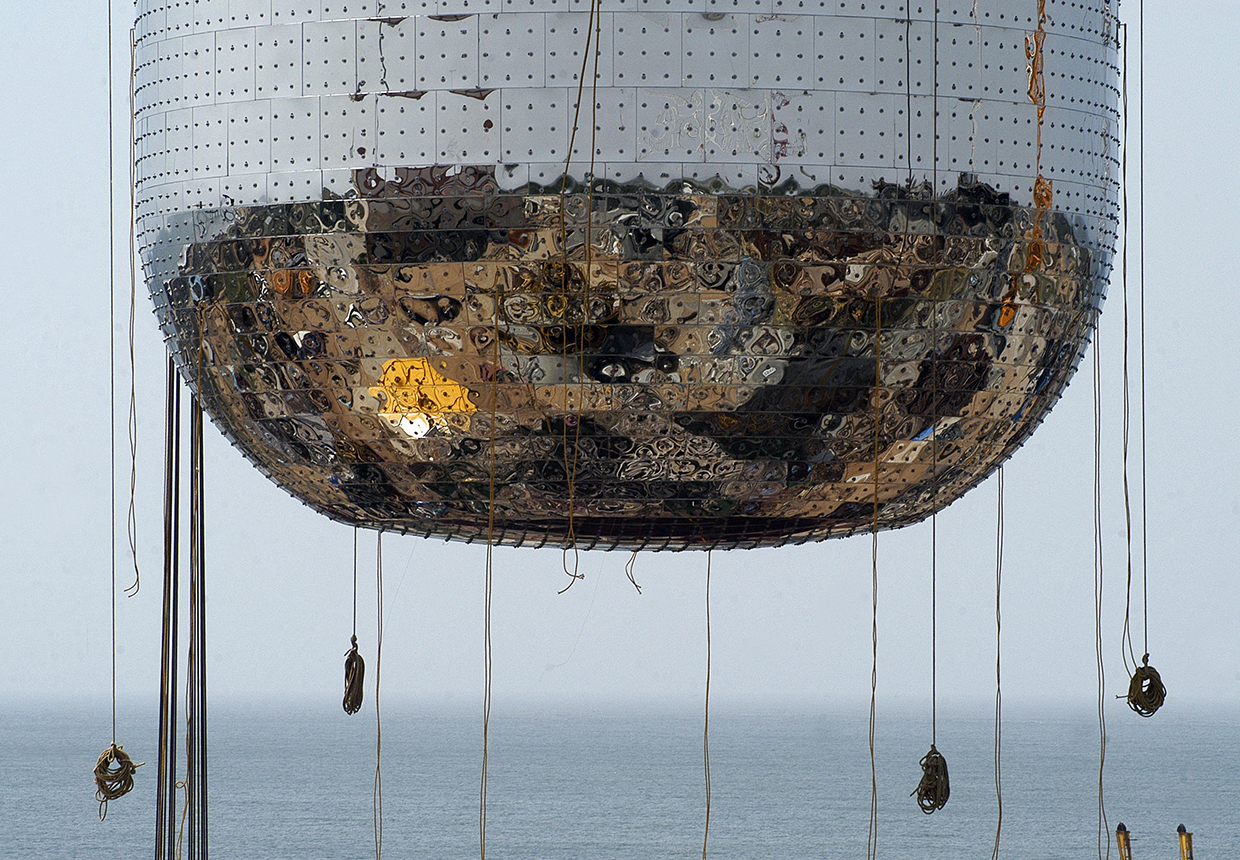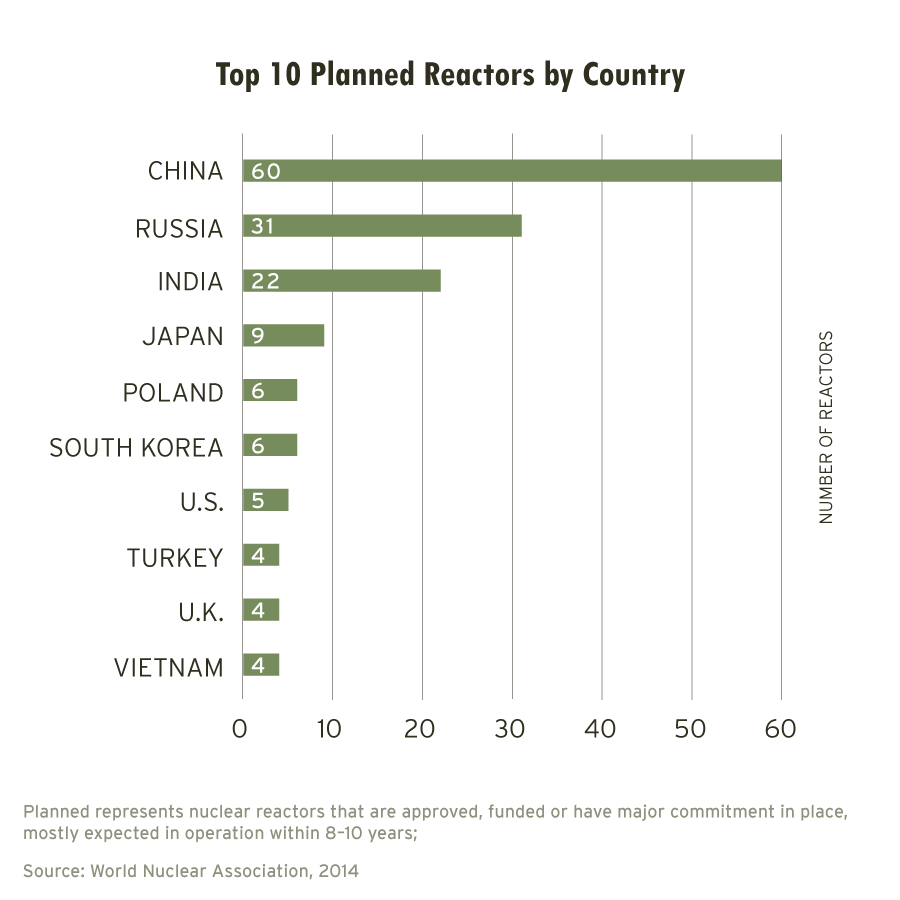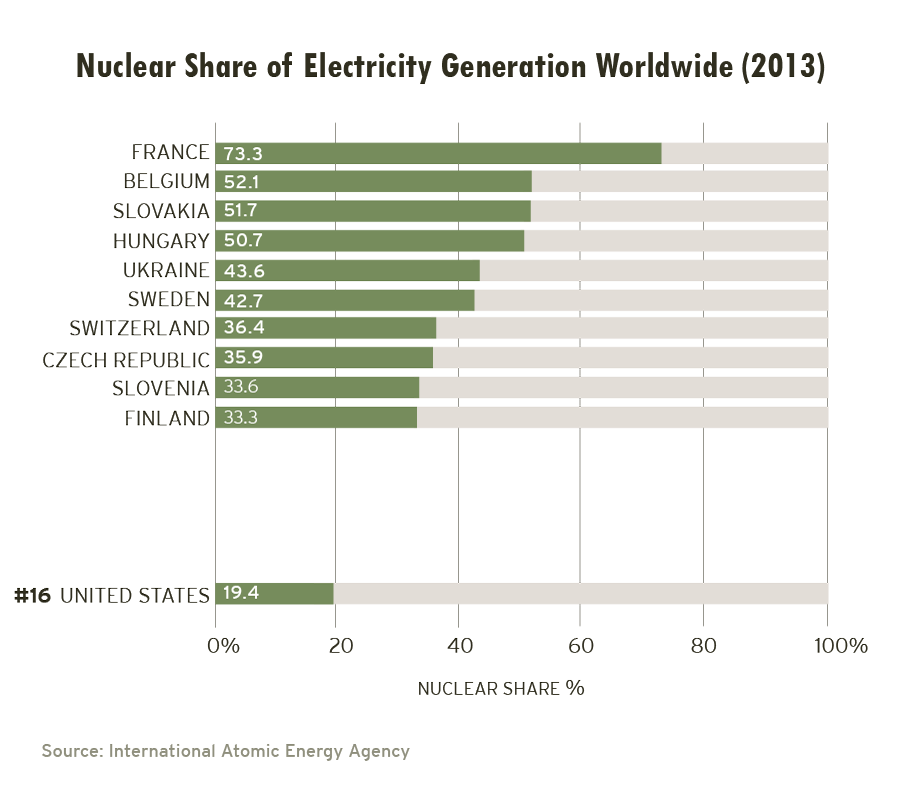Leslie and Mark's Old/New Idea
The Nuclear Science and Engineering Library at MIT is not a place where most people would go to unwind. It’s filled with journals that have articles with titles like “Longitudinal double-spin asymmetry of electrons from heavy flavor decays in polarized p + p collisions at √s = 200 GeV.” But nuclear engineering Ph.D. candidates relax in ways all their own. In the winter of 2009, two of those candidates, Leslie Dewan and Mark Massie, were studying for their qualifying exams—a brutal rite of passage—and had a serious need to decompress.
To clear their heads after long days and nights of reviewing neutron transport, the mathematics behind thermohydraulics, and other such subjects, they browsed through the crinkled pages of journals from the first days of their industry—the glory days. Reading articles by scientists working in the 1950s and ‘60s, they found themselves marveling at the sense of infinite possibility those pioneers had brought to their work, in awe of the huge outpouring of creative energy. They were also curious about the dozens of different reactor technologies that had once been explored, only to be abandoned when the funding dried up.
The early nuclear researchers were all housed in government laboratories—at Oak Ridge in Tennessee, at the Idaho National Lab in the high desert of eastern Idaho, at Argonne in Chicago, and Los Alamos in New Mexico. Across the country, the nation’s top physicists, metallurgists, mathematicians, and engineers worked together in an atmosphere of feverish excitement, as government support gave them the freedom to explore the furthest boundaries of their burgeoning new field. Locked in what they thought of as a life-or-death race with the Soviet Union, they aimed to be first in every aspect of scientific inquiry, especially those that involved atom splitting.
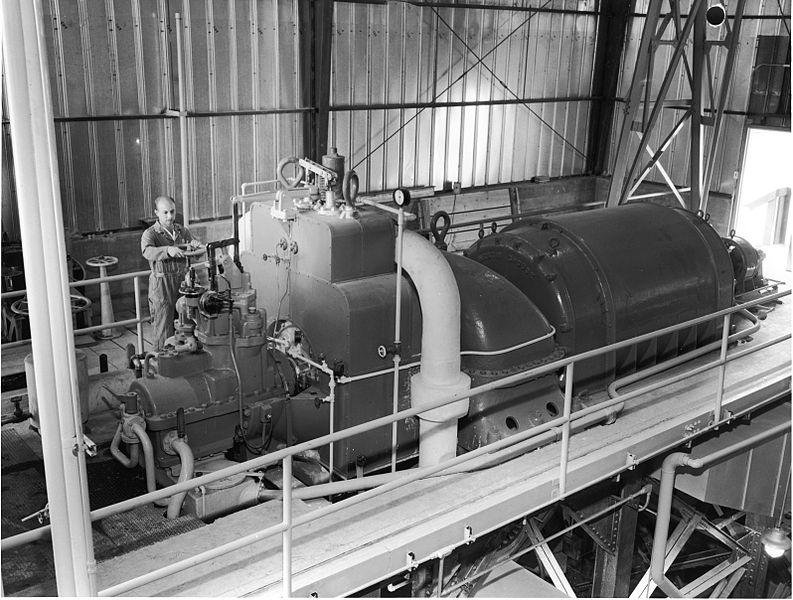
1955: Argonne's BORAX III reactor provided all the electricity for Arco, Idaho, the first time any community's electricity was provided entirely by nuclear energy.
Source: Wikimedia Commons

Though nuclear engineers were mostly men in those days, Leslie imagined herself working alongside them, wearing a white lab coat, thinking big thoughts. “It was all so fresh, so exciting, so limitless back then,” she told me. “They were designing all sorts of things: nuclear-powered cars and airplanes, reactors cooled by lead. Today, it’s much less interesting. Most of us are just working on ways to tweak basically the same light water reactor we’ve been building for 50 years.”
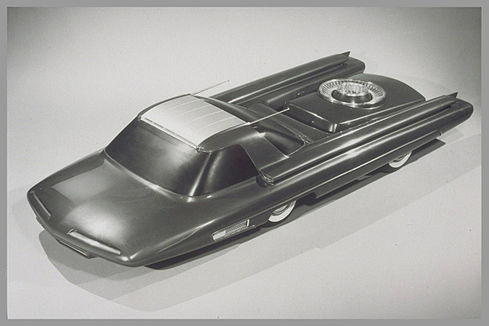
1958: The Ford Nucleon scale-model concept car developed by Ford Motor Company as a design of how a nuclear-powered car might look.
Source: Wikimedia Commons
But because of something that she and Mark stumbled across in the library during one of their forays into the old journals, Leslie herself is not doing that kind of tweaking—she’s trying to do something much more radical. One night, Mark showed Leslie a 50-year-old paper from Oak Ridge about a reactor powered not by rods of metal-clad uranium pellets in water, like the light water reactors of today, but by a liquid fuel of uranium mixed into molten salt to keep it at a constant temperature. The two were intrigued, because it was clear from the paper that the molten salt design could potentially be constructed at a lower cost and shut down more easily in an emergency than today’s light water reactors. And the molten salt design wasn’t just theoretical—Oak Ridge had built a real reactor, which ran from 1965-1969, racking up 20,000 operating hours.
The 1960s-era salt reactor was interesting, but at first blush it didn’t seem practical enough to revive. It was bulky, expensive, and not very efficient. Worse, it ran on uranium enriched to levels far above the modern legal limit for commercial nuclear power. Most modern light water reactors run on 5 percent enriched uranium, and it is illegal under international and domestic law for commercial power generators to use anything above 20 percent, because at levels that high uranium can be used for making weapons. The Oak Ridge molten salt reactor needed uranium enriched to at least 33 percent, possibly even higher.
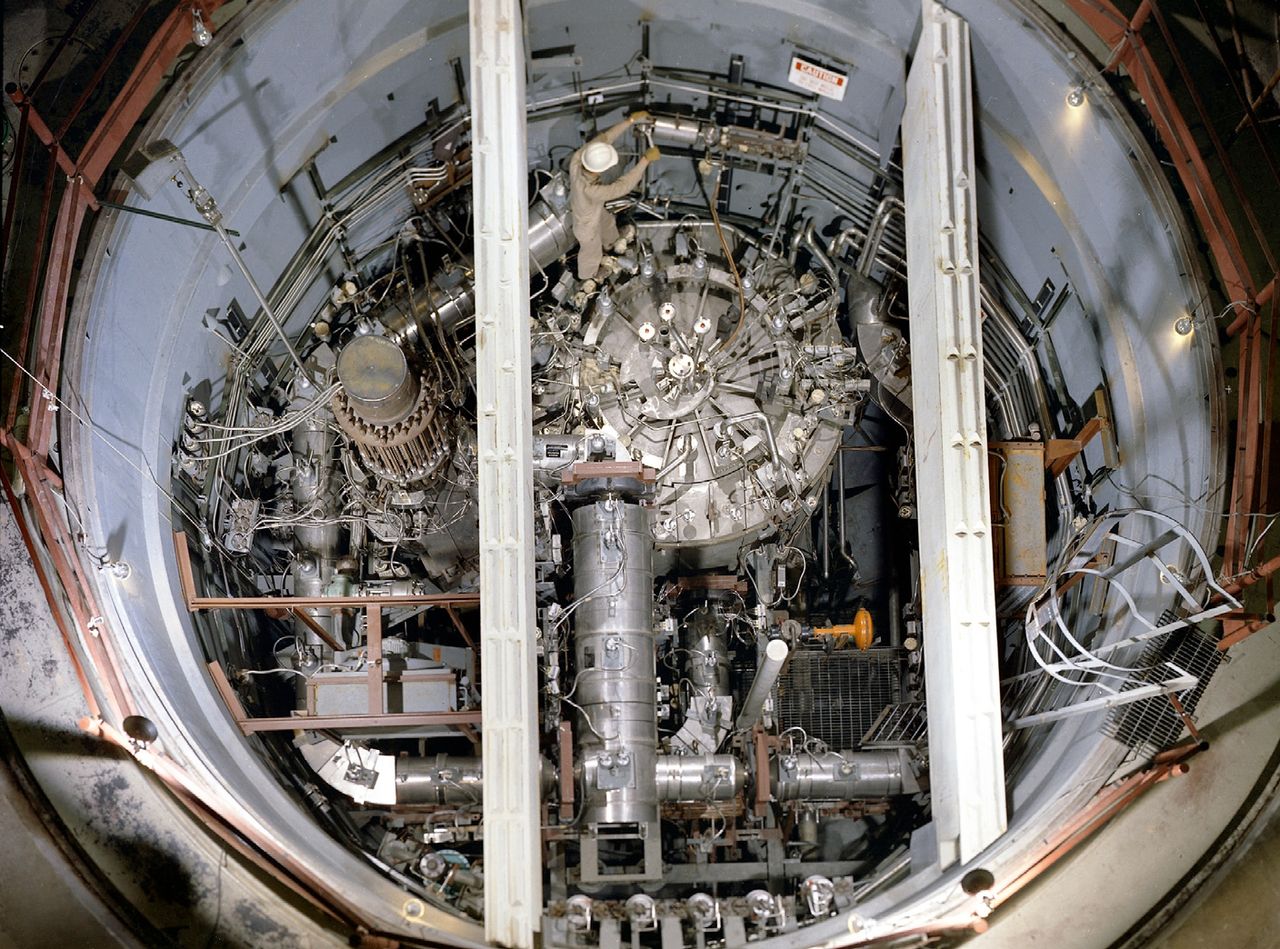
1964: Molten salt reactor at Oak Ridge.
Source: Wikimedia Commons
But they were aware that smart young engineers were considering applying modern technology to several other decades-old reactor designs from the dawn of the nuclear age, and this one seemed to Leslie and Mark to warrant a second look. After finishing their exams, they started searching for new materials that could be used in a molten salt reactor to make it both legal and more efficient. If they could show that a modified version of the old design could compete with—or exceed—the performance of today’s light water reactors, they knew they might have a very interesting project on their hands.
First, they took a look at the fuel. By using different, more modern materials, they had a theory that they could get the reactor to work at very low enrichment levels. Maybe, they hoped, even significantly below 5 percent.
There was a good reason to hope. Today’s reactors produce a significant amount of nuclear “waste,” many tons of which are currently sitting in cooling pools and storage canisters at plant sites all over the country. The reason that the waste has to be managed so carefully is that when they are discarded, the uranium fuel rods contain about 95 percent of the original amount of energy and remain both highly radioactive and hot enough to boil water. It dawned on Leslie and Mark that if they could chop up the rods and remove their metal cladding, they might have a “killer app”—a sector-redefining technology like Uber or Airbnb—for their molten salt reactor design, enabling it to run on the waste itself.
By late 2010, the computer modeling they were doing suggested this might indeed work. When Leslie left for a trip to Egypt with her family in January 2011, Mark kept running simulations back at MIT. On January 11, he sent his partner an email that she read as she toured the sites of Alexandria. The note was highly technical, but said in essence that Mark’s latest work confirmed their hunch—they could indeed make their reactor run on nuclear waste. Leslie looked up from her phone and said to her brother: “I need to go back to Boston.”



